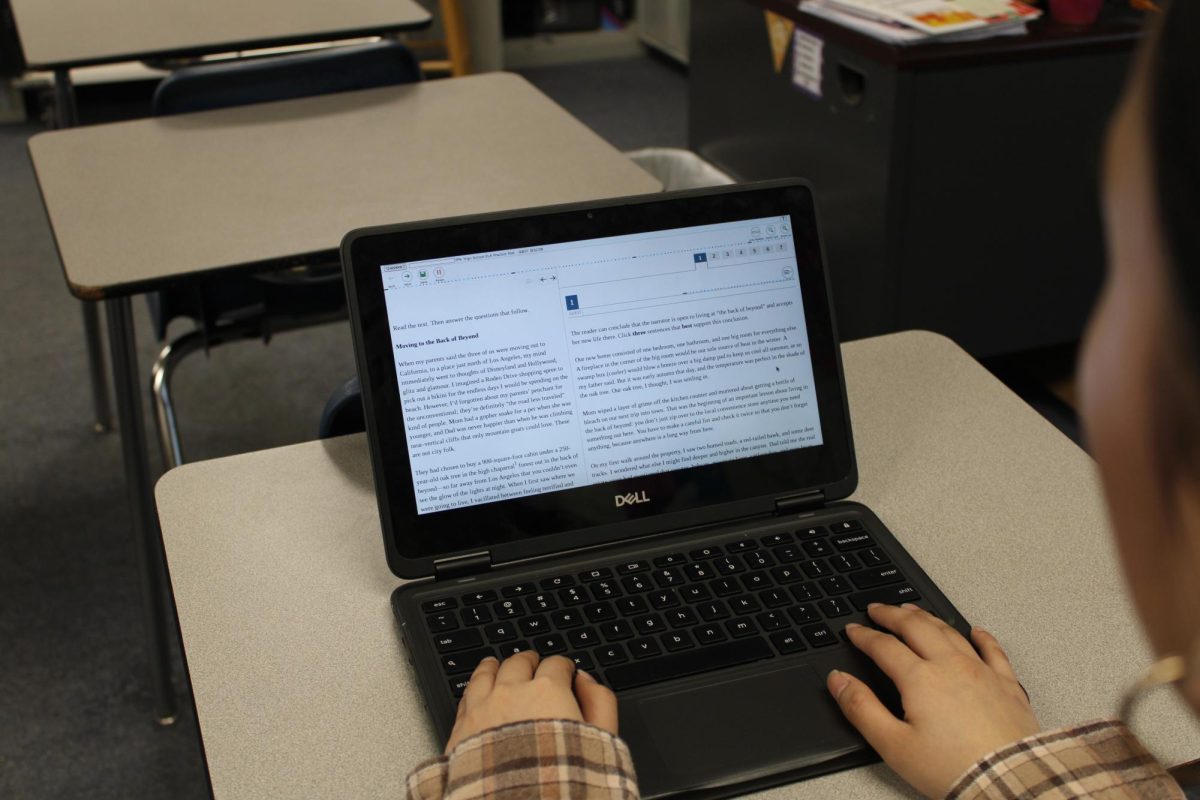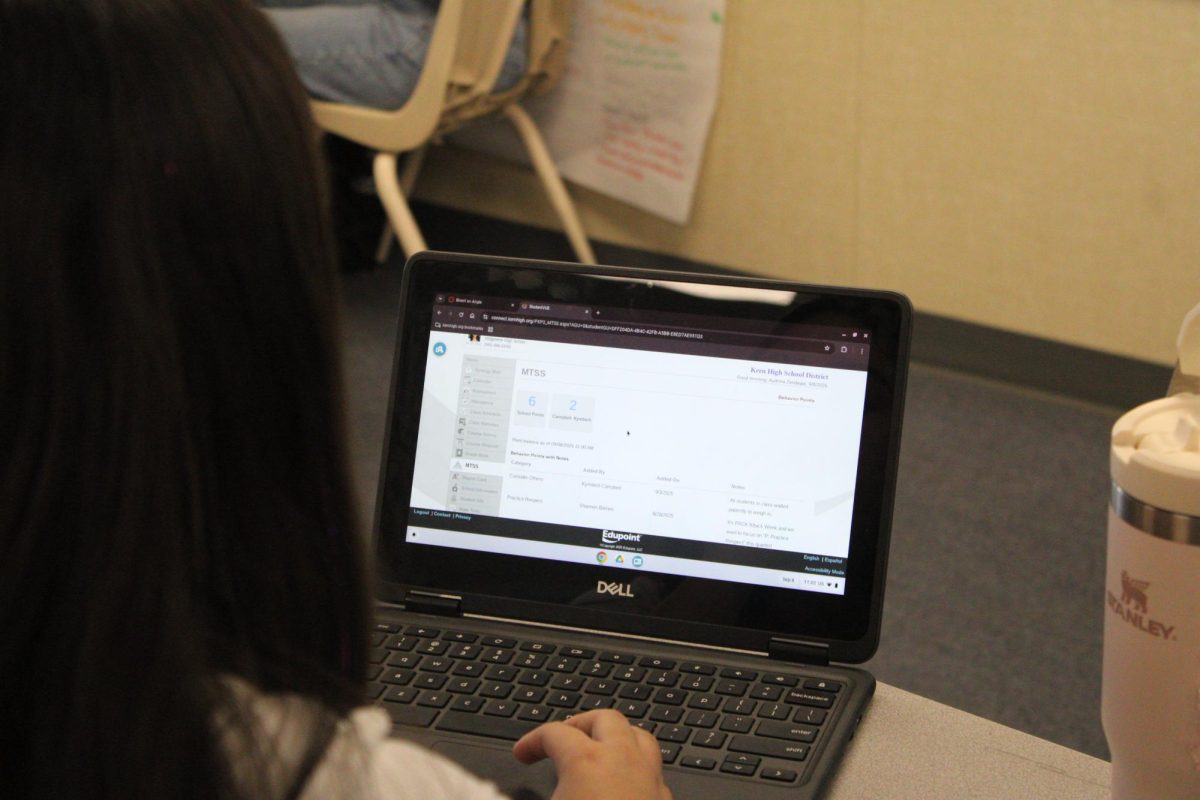Millions of students across California participate in state testing each spring to measure their academic progress and school performance. The California Assessment of Student Performance and Progress (CAASPP) system is the primary statewide testing program, assessing students from grades 3–8 and then over to 11th and 12th grade in subjects like English language arts, mathematics, and science. These tests are designed to evaluate how well students meet state learning standards and help educators identify areas for improvement. Administered online, the assessments use a combination of multiple-choice, short-answer, and performance-based questions to measure critical thinking and problem-solving skills. The results provide insights for parents, teachers, and schools creating curriculum and school funding decisions.
JoAnn Heras, an 11th-grade ELA teacher has held her position here at Ridgeview for 10 years. When asked what prominent benefits and drawbacks apply to state testing, she expressed, “I think it’s good that students are all held to a certain standard, but I don’t think that it’s necessarily a fair test.” At Ridgeview, our state testing requires all students to test during the same week. Across the board, students are all looking at a screen for around six hours. When asked to elaborate on her statement, Heras continues, “Well, we have a lot of students who are learning English or they have… certain learning challenges and there really aren’t any accommodations for those students.”
For 16 years, Laura Huntington has been a testing director here at Ridgeview. Huntington is well-experienced in the realm of testing. Any issues that arise when getting students signed into the standardized test or making sure certain criteria of students take the tests are managed by Huntington. She expresses, “Ridgeview does a good job of realizing that this is something we need to look at. It’s a measure, but there’s not a lot of pressure from the admin to look at our state test scores. ” Huntington strives to make testing for students seamless and quick. As testing director, it’s her responsibility to make sure the testing season is as successful as possible. Huntington advises students, “Take it as seriously as you can, do the best you can, but don’t stress it out too much.”
Aden Mendiola has attended Ridgeview for three years. Now that he’s a junior, the season for state testing has been slowly approaching him. When asked what he feels the purpose of state testing is, Mendiola shares, “I really think the purpose of state testing is just to figure out where we’re at at the moment and to see how we’re doing as a school.” Mendiola’s testing schedule involves taking state tests for both English and math. The Smarter Balanced Assessment Consortium (SBAC) is a system of tests that align with the Common Core State Standards in English Language Arts/Literacy and Mathematics, that all juniors are required to complete. He expresses, “I sometimes feel nervous or anxious that I’m going to mess up,” he goes on to say, “but I feel like state testing is motivating just to like… learn more stuff.”
State testing provides valuable insights into student performance and accountability, helping to improve education. However, it can also create stress, narrow curricula, and raise concerns about equity. While testing is a useful tool, balancing its benefits with strategies to reduce pressure and promote a well-rounded education is essential.














